 | ||
Similar Buland Darwaza, Tomb of Salim Chishti, Naubat Khana (Red Fort) Region Fatehpur Sikri Country Mughal Empire Founder Emperor Akbar Date established c. 1575 | ||
Taj mahal 8 ibadat khana and left view
The Ibādat Khāna (House of Worship) (Urdu: عبادت خانہ) was a meeting house built in 1575 CE by the Mughal Emperor Akbar (r. 1556–1605) at Fatehpur Sikri to gather spiritual leaders of different religious grounds so as to conduct a discussion on the teachings of the respective religious leaders.
Contents
- Taj mahal 8 ibadat khana and left view
- The discovery of ibadat khana
- Historical background
- Faith of the Divine
- Discovery of Ibadat Khana
- References
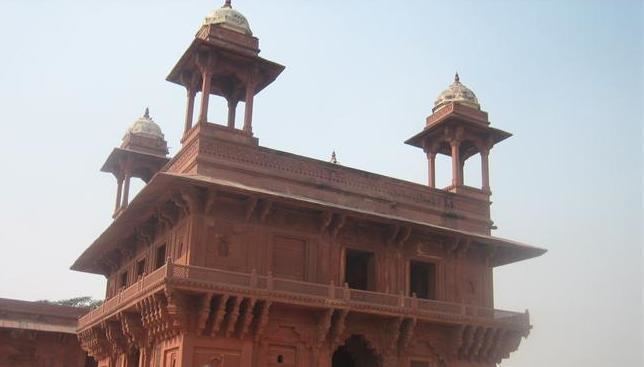
The discovery of ibadat khana
Historical background
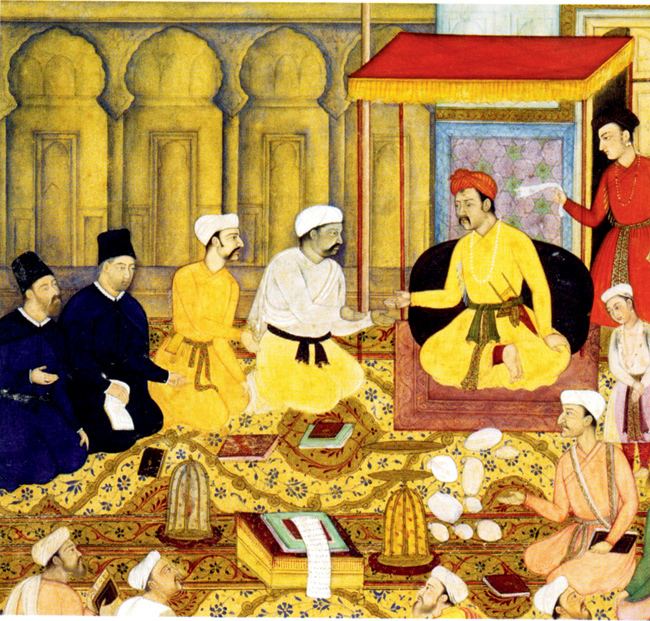
Akbar built the Ibādat Khāna as a debating house. He encouraged Hindus, Roman Catholics, Zoroastrians, Jains and even atheists to participate. Religious leaders and philosophers from around this diverse empire, as well as those passing through, were invited to Akbar's Thursday evening discussions. Akbar's spiritual inclinations were roused to a large extent by the example of Sulaiman Kirani, a past ruler of Bengal, who was said to spend nights in the company of over a hundred ratiocinating spiritual men. Akbar also wanted to sharpen his theological grasp because he had been told of the imminent arrival to his court of Mirza Sulaiman of Badakshan, a Sufi with a predilection for spiritual debates.
Faith of the Divine

By the late 1580s CE, Akbar began an attempt to reconcile the differences of all religions by creating a new faith, the Din-i-Ilahi ("Faith of the Divine"), which incorporated both pantheistic versions of Islamic Sufism (most notably Ibn Arabi's doctrine of Wahdat al wajood or Unity of Existence) and bhakti or devotional movements of Hinduism. Even some elements of Christianity (like crosses), Zoroastrianism (fire ceremonies) and Jainism were amalgamated in the new religion. Akbar was greatly influenced by the teachings of Jain Acharyas Hir Vijay Suri and Jin Chandra Suri and gave up non-vegetarian food because of their influence. He declared Amari or non-killing of animals on the holy days of Jains like Paryushan and Mahavir Jayanti. He rolled back the Jizya tax from Jain pilgrimage places like Palitana.
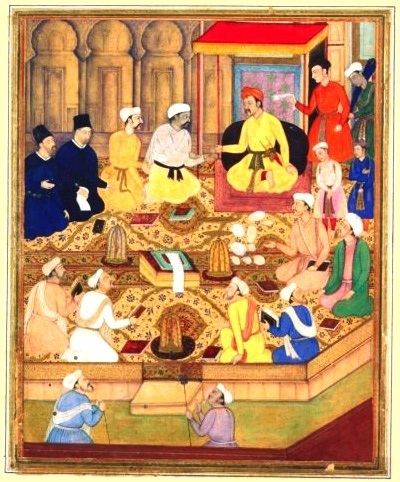
This faith, however, was not for the masses. In fact, the only "converts" to this new religion were the upper nobility of Akbar's court. Historians have so far been able to identify only 18 members of this new religion.
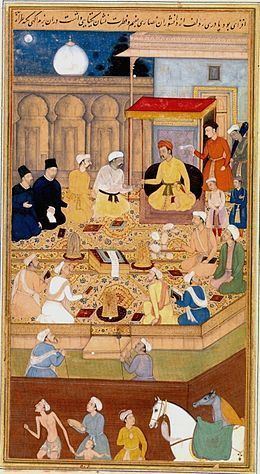
Alfred, Lord Tennyson's poem Akbar’s Dream lauds the Ibādat Khāna, ascribing tolerance and humanity to his "Divine Faith", while implicitly criticising the intolerance of 19th century British Christianity.
Discovery of Ibadat Khana
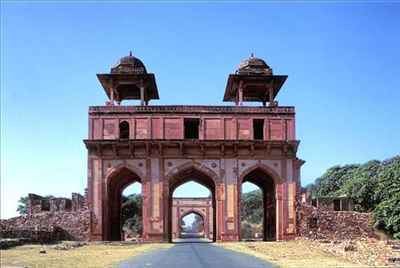
The exact location of Ibadat Khana has been a topic of debate among archaeologists and historians. Saeed Ahmed Mararavi, Athar Abbas Rizvi, and Vincent Flynn have proposed that the site is located on a mound situated between Jama Masjid and Jodha Bai's Mahal, although their theory lacked concrete evidence. In the early 1980s, KK Muhammed, under the guidance of Prof. R. C. Gaur from Aligarh Muslim University, conducted excavations on this mound. The team uncovered steps, platforms, and a boundary wall, features that correspond with depictions of Ibadat Khana in paintings from Akbar's era.

